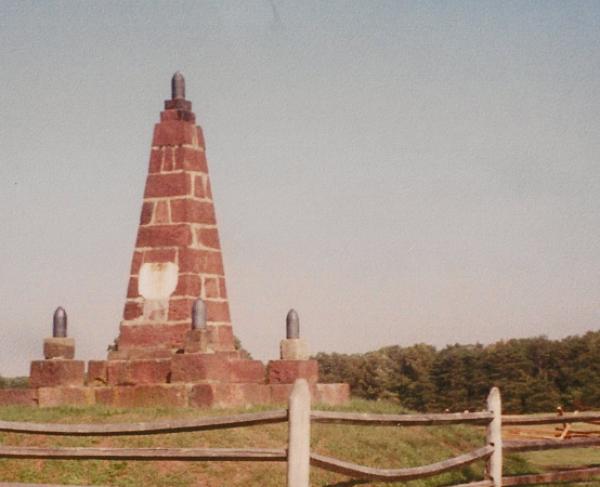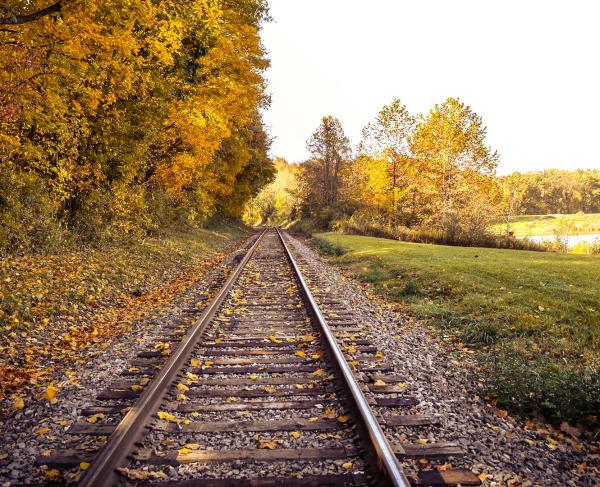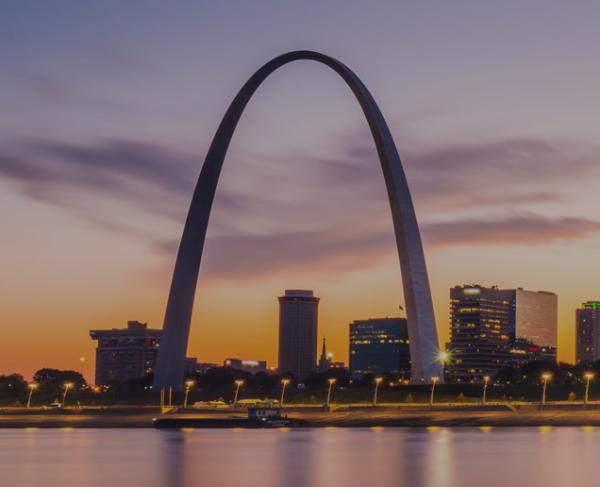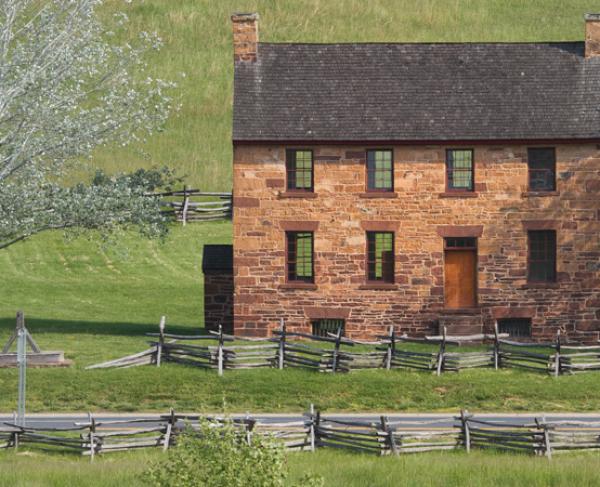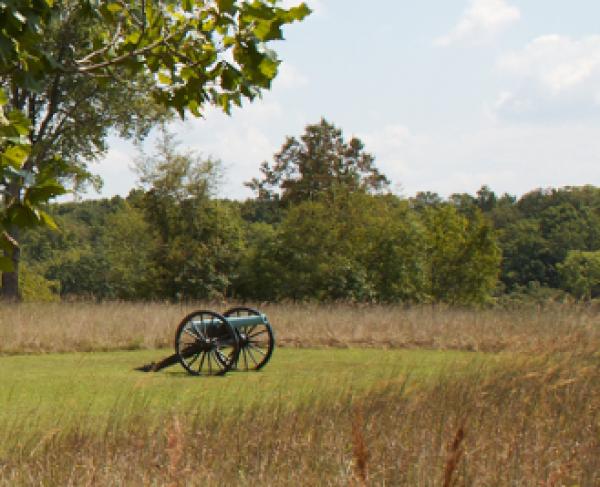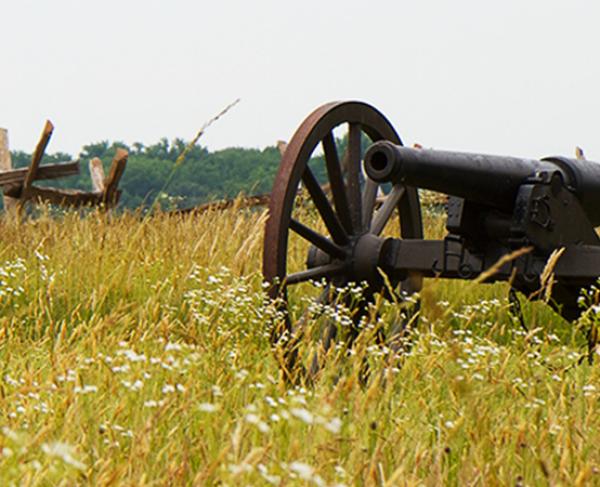Tour Manassas Battlefield Sites in One Day
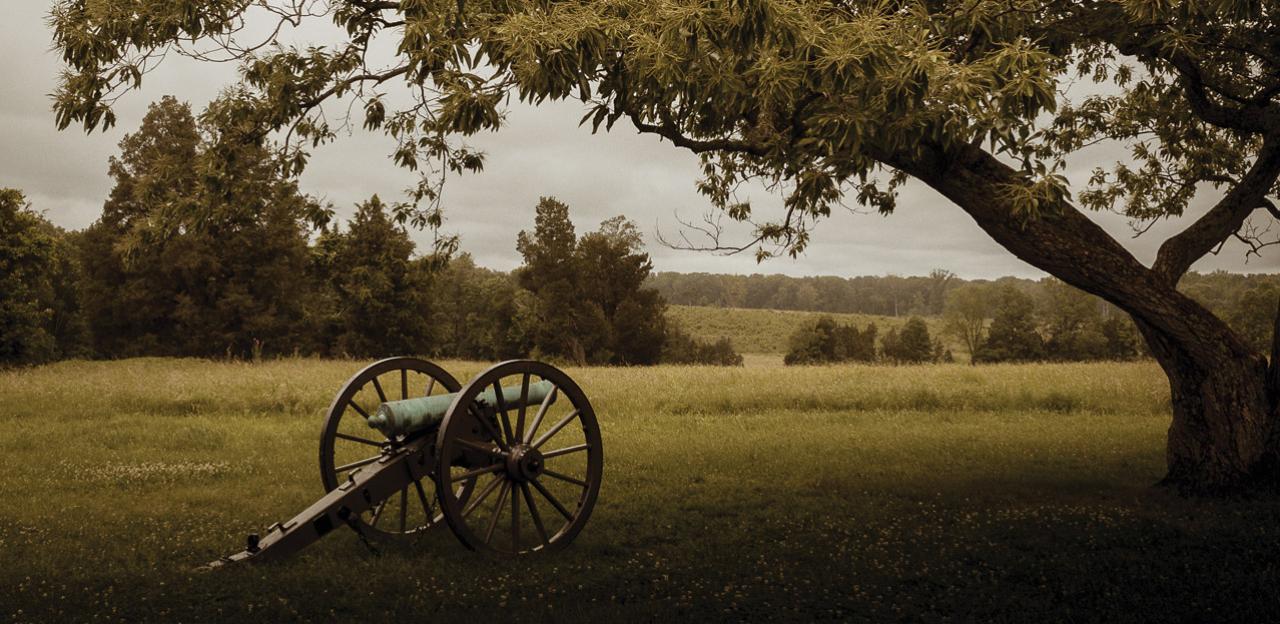
Fought on July 21, 1861, First Manassas convinced both sides that the Civil War would be a long and costly struggle. Thirteen months later, the armies returned to the old battlefield. Robert E. Lee’s victory over John Pope boosted Confederate morale and led to the Antietam Campaign.
Total Stops: 4
Total Time: 7-8 hours
Before you go:
- Print or Download this Tour Map
- Print or Download this Hiking Trail Map
- Watch the animated map for First Bull Run and other maps for Second Bull Run
- Read more about First Bull Run
- Explore more about Second Bull Run
Stop #1: Manassas National Battlefield Park
Time: 3 hours
Details https://www.nps.gov/mana/index.htm
In July 1861, the Union and Confederate armies met for the first time in the field. In August 1862, the two armies met again on this site. The Confederates won resounding victories each time.
What To Do
- Start at the Henry Hill Visitor Center.
- Find out what Ranger Programs are scheduled for that day.
- Watch the 45-minute orientation film, “Manassas: End of Innocence,” which covers the battles of both First and Second Manassas.
- Tour the museum exhibits and browse the bookstore.
- Tour the battlefield. You have several options:
- Take a ranger-led walking tour (Matthew’s Hill & Henry House Hill).
- Take the 5.7-mile self-guided driving tour (approximately 2-3 hours).
- Use the American Battlefield Trust’s free Bull Run app on your smartphone or iPad.
Don’t Miss:
- Sudley Ford-13,000 Union forces crossed Bull Run at this spot to threaten the Confederate left flank during the First Battle of Bull Run.
- Matthew’s Hill- After crossing at Sudley Ford, Union forces pushed the Confederates off Matthew’s Hill and continued their advance toward Henry House Hill.
- Stone House-The Confederates retreated past this house and up Henry House Hill during the First Battle of Bull Run. The house was used as a field hospital and still has remnants of soldier graffiti.
- Henry House Hill-The site of fierce fighting during the First Battle of Bull Run, piecemeal Union counterattacks failed to stop the Confederate domination of Henry Hill.
- Stone Bridge-This fateful bridge served as an escape route for Union troops during both battles.
- Portici-Although no longer standing, this house served as Confederate General Joseph Johnston’s headquarters during First Bull Run. Confederate President Jefferson Davis passed by Portici when he visited the battlefield shortly after the end of the engagement. Union cavalry General John Buford engaged Confederate horsemen nearby in the closing stages of Second Bull Run.
If You Have Time
- Hike the First Manassas Loop Trail
Stop #2: Brawner Farm Interpretive Center
Time: 3 hours
Details
A wartime structure, the Brawner House witnessed the ferocious first day of Second Manassas and now serves as that battle’s interpretive center.
What To Do
- Tour the interpretive center.
- Tour the battlefield. You have several options:
- Take a ranger-led walking tour (Brawner Farm, Deep Cut, Chinn Ridge).
- Take the 7.1-mile self-guided driving tour (approximately 2-3 hours).
Don’t Miss:
- Battery Heights-Union artillery engaged Confederate guns from this location during the Battle of Brawner Farm.
- Unfinished Railroad-Confederates under General Thomas J. “Stonewall” Jackson used this man-made feature to fend off Union infantry attacks during Second Bull Run.
- Deep Cut-The deepest part of the unfinished railroad, this area witnessed some of the most desperate fighting of Second Bull Run. When Confederate infantry ran out of ammunition, they resorted to throwing large rocks at the Federals.
- Groveton Cemetery-Established in 1867, some 500 unknown Confederate soldiers rest here at the cemetery.
- New York Monuments-Three monuments to New York units stand on the Second Bull Run battlefield. The monument to the 14th Brooklyn remembers those from the regiment who perished in the two battles. Monuments to the 5th New York and 10th New York commemorate their stubborn but fruitless defense in the face of a fierce Confederate assault at Second Bull Run.
- Chinn Ridge-This rise west of Henry House Hill was a prominent landmark during both battles. Confederate reinforcements took position here at First Bull Run. At Second Bull Run, Union forces held the ridge to cover their retreat.
If You Have Time
- Hike the Second Manassas Loop Trail.
- Hike the Stuart’s Hill Loop Trail.
Stop #3: Manassas Museum
Time: 1 hour
Details: https://visitmanassas.org/directory/listing/manassas-museum/
The Manassas Museum includes exhibits and displays chronicling the history of Manassas and its role in the Civil War.
What To Do
- Explore the museum displays.
- Browse the bookstore.
- See the restored earthwork built by Confederate Gen. P.G.T. Beauregard as part of the defenses of Manassas Junction.
Stop #4: Ben Lomond Historic Site
Time: 1 hour
Details: Ben Lomond Historic Site (pwcva.gov)
Built in 1832, this plantation house was used as a Confederate hospital after the Battle of First Manassas and contains Civil War graffiti.
What To Do
- Tour the house and grounds.
Insider’s Tip: For lunch or supper, try Zandra’s Taqueria, The Bone or Foster’s Grille.
Related Battles
2,896
1,982
14,462
7,387
